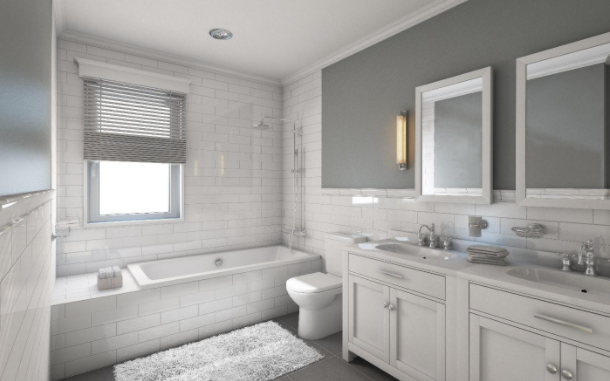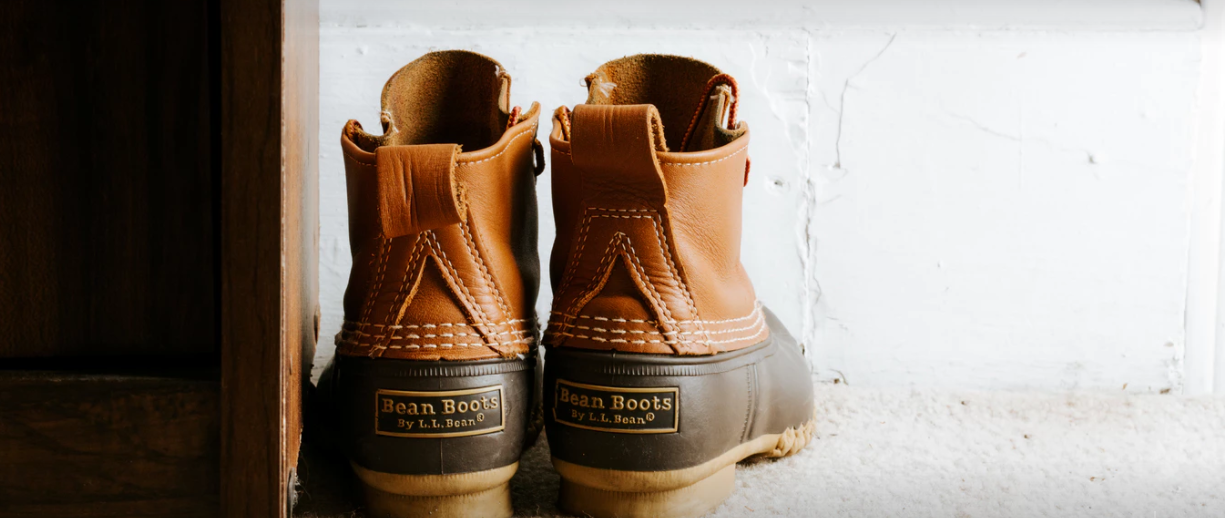It doesn’t matter if you’re a trend fan or not because you’ll not be able to ignore the growing attention of interior designs on stone and tile materials. Reasons for such a trend are a rise in artisanal work, a renaissance of modern stone makers, and affection for the handcrafting. Seeing the market’s inclination towards marble, it appears porcelain is the next tile material to occupy the stage. One of the companies selling appealing, great quality and both outdoor & indoor tiles is Primaporcelain that require zero maintenance.
The Porcelain Tile
People often confuse ceramic and porcelain tiles; however, there are a few main differentiators. Although both ceramic and non-porcelain are kiln-fired, these tiles are made from red or white clay where the gaze bears the color and pattern.
On the contrary, porcelain tile is usually made by the porcelain clays using the dust-pressed method. Porcelain clays create a tile that is thick, impenetrable, smooth, and fine-grained, with a pointedly shaped face. The entire porcelain tile carries the color and pattern.
Porcelain tiles are resistant and highly suitable for commercial floorings like offices, hotels, and airports. Moreover, they have a minor water absorption rate (less than 0.5 percent) which makes them popular in moist areas and the kitchen.
Porcelain’s resilience makes it a great building and decoration item with longevity. Porcelain can also be used in order to decrease carbon emissions. Porcelain stoneware tiles superbly consolidate with these criteria.
The material’s environmental attestation also extends to the production side. If we examine the production process of porcelain stoneware, it is critical to highlight that the raw materials used are absolutely natural. They can be found practically any place in the world, and their extraction does not bring about a negative effect on Mother Nature. Additionally, the waste produced is very little amid the manufacturing of these tiles, as nearly the entirety of raw materials, water, and glazes can be recycled.
What’s So Practical about Porcelain Tiles?
Porcelain tiles are undoubtedly 100% reusable and can be transformed into materials like brick, artistic tile mosaics, and cement. There exists no sealant, chemicals, or waxes in these tiles that could discharge Volatile Organic Compounds (VOC) into the surroundings.
One of the most compelling reasons people like porcelain is its potential to duplicate a great deal of stone-type materials. Also, it can be made to look like grain, wood, and all.
Considering the trend, residential kitchens are now substituting the prevalent glass splashback with realistic porcelain while present-day bathrooms are having the tiles fixed from floor to ceiling.
Luxury brands are incorporating marble or marble effects to accomplish a stylish contemporary look in their stores. Several retailers are employing marble-like porcelain tiles and painted faux marble finishes on walls, countertops, and floors to get this look without the cost and upkeep of a real marble.
Porcelain’s hypoallergenic qualities are likewise being acknowledged, as porcelain has an inherent defiance against several types of bacteria, mould, germs, and dust mites. Therefore, due to its green benefits, aesthetical attributes, and low maintenance, it appears porcelain could, in fact, be practically ideal.








